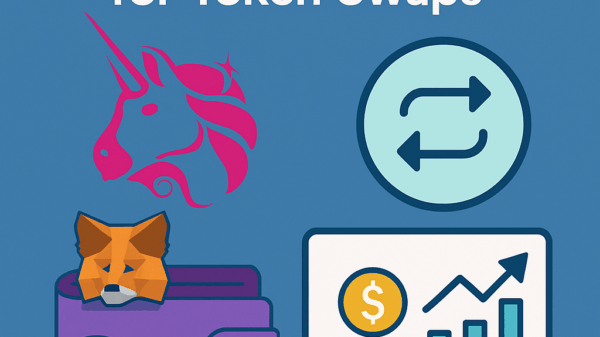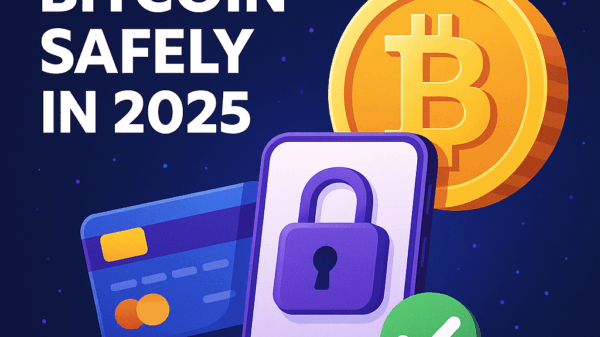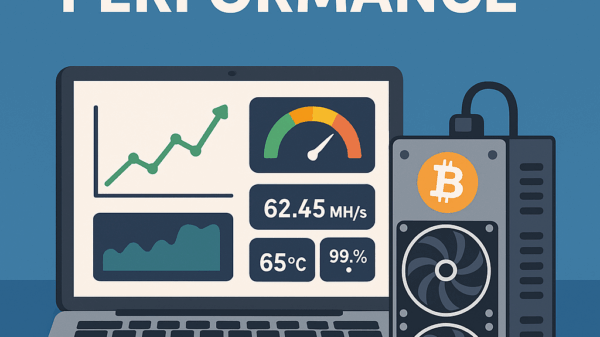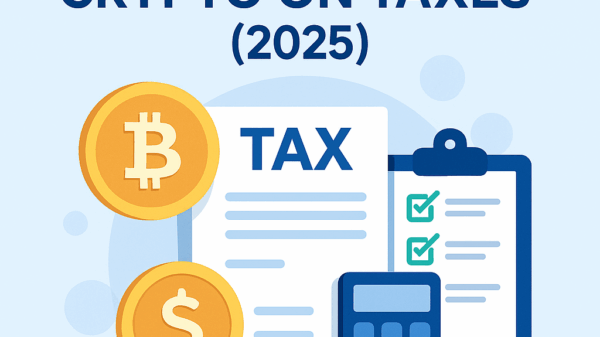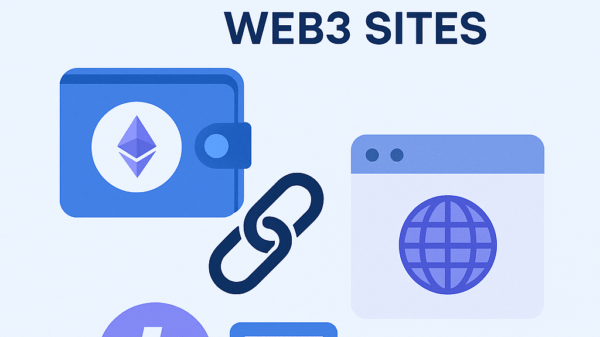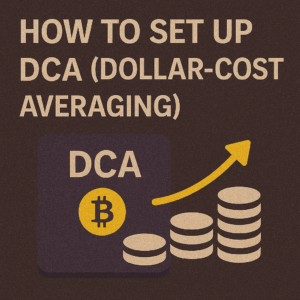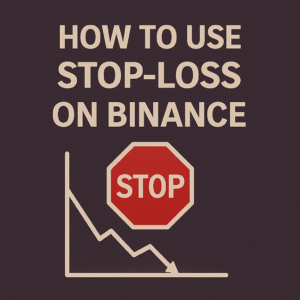How to Trade Futures on Bybit
By Jason Miller – Crypto Writer 10.expert 🧠 Covering Bitcoin, altcoins, blockchain & Web3.
As a crypto writer and analyst, I often get questions about how to amplify gains in the crypto market. While spot trading is straightforward, futures trading offers the potential for magnified returns through leverage, but it comes with significantly higher risks. Bybit is one of the leading platforms for crypto futures, known for its robust trading engine and user-friendly interface.
For beginners, diving into futures trading requires a solid understanding of its mechanics and, crucially, a disciplined approach to risk management. This isn’t your average spot market; it’s a fast-paced environment where fortunes can be made or lost rapidly.
How to Trade Futures on Bybit: A Guide to Leveraged Crypto Trading 🚀💹
Futures contracts allow traders to speculate on the future price of a cryptocurrency without actually owning the underlying asset. On Bybit, you’re primarily dealing with Perpetual Contracts, which have no expiration date, making them popular for continuous trading.
Understanding Crypto Futures Contracts 📜
A futures contract is an agreement to buy or sell a cryptocurrency at a predetermined price on a specified future date. On Bybit, Perpetual Contracts are the most common type, meaning they don’t expire. This allows traders to hold positions indefinitely, as long as they maintain sufficient margin.
Bybit Account Setup and KYC Requirements 🔑
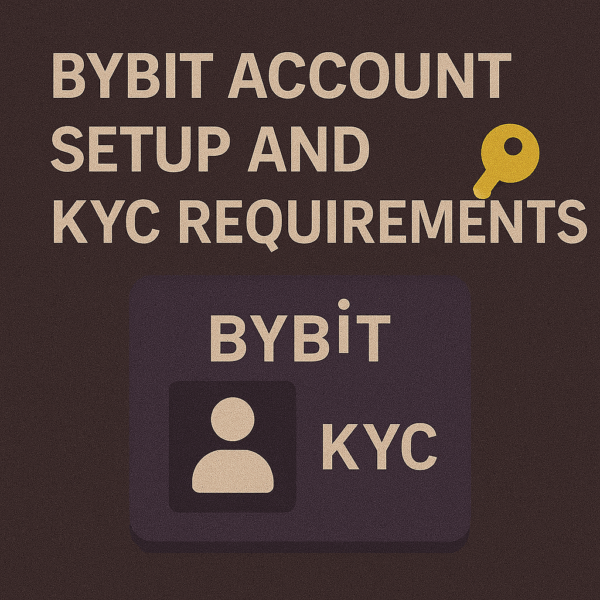
Before you start, you’ll need a Bybit account. Sign up on the official Bybit website. Bybit requires Know Your Customer (KYC) verification for most trading activities, including futures. This involves submitting a government-issued ID and completing a facial recognition process. Ensure you complete this step to unlock full trading capabilities and higher withdrawal limits. (Note for U.S. users: Bybit is not regulated in the U.S., and U.S. residents are generally restricted from using its services.)
Funding Your Unified Trading Account 💰
Bybit uses a Unified Trading Account (UTA) system. Once you’ve deposited crypto (e.g., USDT) into your Bybit Funding account, you’ll need to transfer it to your Unified Trading Account. This account is designed to consolidate assets for spot, derivatives, and other trading products, offering more capital efficiency.
From the Bybit homepage, hover over the “Trade” tab and select “Futures.” You’ll then choose your desired contract, such as “USDT Perpetual” (most common) or “Inverse Perpetual.” USDT Perpetuals are settled in USDT, while Inverse Perpetuals are settled in the base cryptocurrency (e.g., BTC for BTC/USD Inverse).
Leverage: The Double-Edged Sword ⚔️
Leverage allows you to open positions larger than your actual capital. Bybit offers up to 100x or even 125x leverage on certain pairs. While this can amplify profits, it also significantly magnifies losses. For beginners, it’s crucial to start with low leverage (e.g., 2x-5x) to understand its impact and manage risk.
Isolated Margin vs. Cross Margin: Choosing Your Risk Mode 🎚️
Bybit offers two primary margin modes:
* Isolated Margin: The margin allocated to a specific position is isolated from your other funds. If the position is liquidated, you only lose the margin for that specific trade. This is generally recommended for beginners as it limits potential losses to a single position.
* Cross Margin: All available balance in your Unified Trading Account is used to prevent liquidation across all your open positions. This offers more flexibility and can help prevent premature liquidation of individual positions but also carries higher risk, as a liquidation can wipe out your entire account balance.
Order Types: Market, Limit, and Conditional 📝
- Market Order: Executes immediately at the best available current market price. Useful for quick entries/exits but can suffer from slippage in volatile markets.
- Limit Order: Allows you to set a specific price at which you want your order to be executed. Your order will only fill if the market reaches that price. Essential for strategic entries and exits.
- Conditional Order (Trigger Order): This order type only becomes active once a “trigger price” is hit. It’s commonly used for stop-loss and take-profit orders.
Opening a Futures Position (Long or Short) ⬆️⬇️
- Long Position (Buy): You anticipate the price will go up.
- Short Position (Sell): You anticipate the price will go down.Select your desired leverage, margin mode, and order type. Enter the quantity of contracts or the amount of capital you want to allocate. You’ll see your estimated liquidation price, which is critical to monitor.
Setting Take-Profit (TP) and Stop-Loss (SL) Orders 🛑✅
These are non-negotiable for risk management in futures trading.
* Take-Profit: Automatically closes your position when the price reaches a certain profit target.
* Stop-Loss: Automatically closes your position if the price moves against you to limit losses.
Always set these when opening a position, or immediately after. Binance offers this directly within the order placement module or by modifying an open position.
Understanding the Funding Rate 💰🔄
For Perpetual Contracts, there’s a “funding rate” that is exchanged between long and short positions, typically every 8 hours.
* Positive Funding Rate: Longs pay shorts. Indicates the market is predominantly bullish.
* Negative Funding Rate: Shorts pay longs. Indicates the market is predominantly bearish.
This mechanism keeps the futures price tethered to the spot price. Funding fees can impact your profitability, especially if you hold positions for extended periods.
Monitoring Your Position: P&L, Margin, and Liquidation Price 👁️
Once your position is open, constantly monitor its performance.
* Unrealized P&L: Your current profit or loss if you were to close the position immediately.
* Initial Margin: The capital required to open the position.
* Maintenance Margin: The minimum margin required to keep your position open. If your margin falls below this, your position risks liquidation.
* Liquidation Price: The price at which your position will be automatically closed by the exchange to prevent your balance from going negative. This is your ultimate safety net (or nightmare scenario).
The Liquidation Process on Bybit 💥
If your margin level falls below the maintenance margin, Bybit’s liquidation engine will take over. It will attempt to close your position at the bankruptcy price. If this is not possible or leads to negative equity, Bybit’s Insurance Fund helps cover these losses to prevent auto-deleveraging (ADL) of other traders’ positions. However, you will lose your initial margin.
Managing Risk: Beyond Stop-Loss 🚨
- Position Sizing: Never risk too much of your portfolio on a single trade.
- Don’t Over-Leverage: Especially as a beginner. Higher leverage means a smaller price movement can lead to liquidation.
- Diversification: Don’t put all your capital into one futures contract.
- Market Analysis: Combine technical and fundamental analysis to inform your trades.
Fees on Bybit Futures 💲
Bybit charges trading fees (maker/taker) on futures trades. Maker fees (for limit orders that add liquidity) are typically lower than taker fees (for market orders that remove liquidity). There’s also a settlement fee for standard futures (with expiration dates). VIP tiers offer reduced fees.
Utilizing Bybit’s Demo Trading 🧑💻
Bybit offers a Demo Trading environment. This is an invaluable tool for beginners! Use it to practice placing orders, understanding leverage, and testing strategies without risking real money. Get comfortable with the interface and the feeling of leverage before putting real capital on the line.
Trading futures on Bybit can be a powerful way to capitalize on crypto market movements, but it demands discipline, continuous learning, and robust risk management. Start small, learn constantly, and always prioritize protecting your capital.

